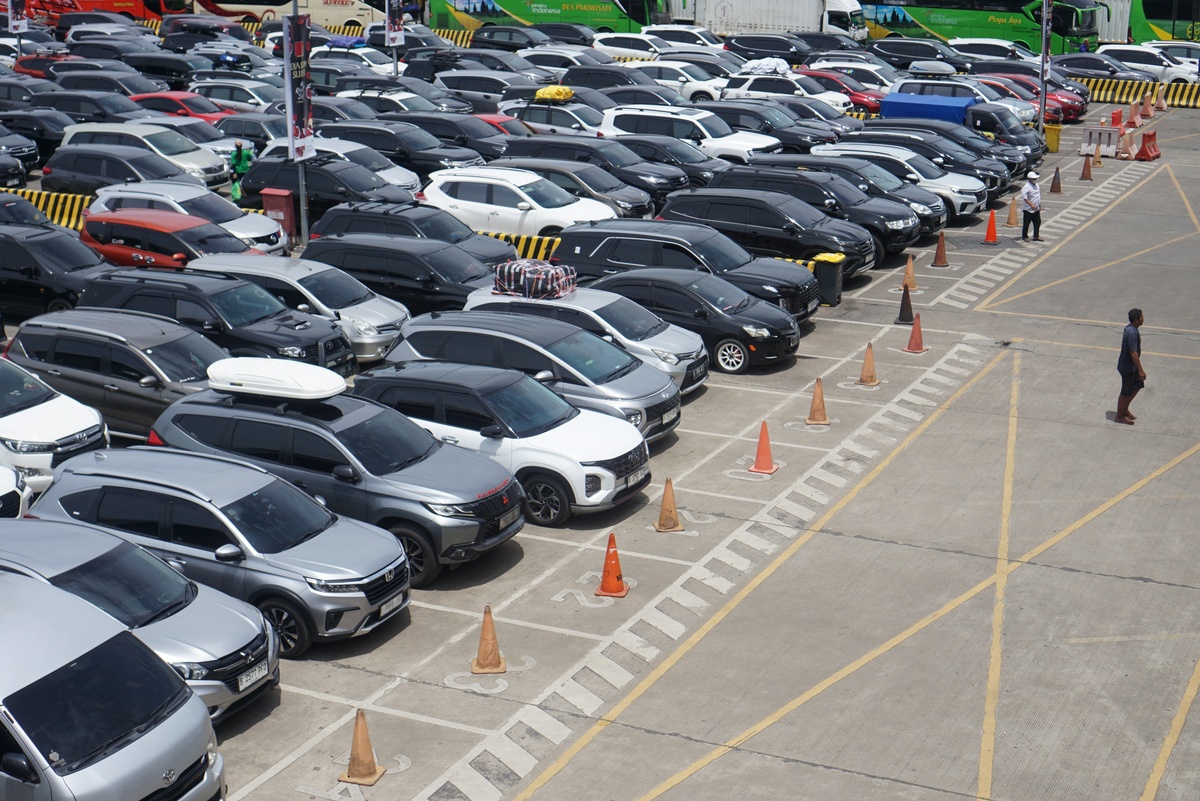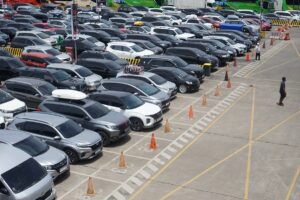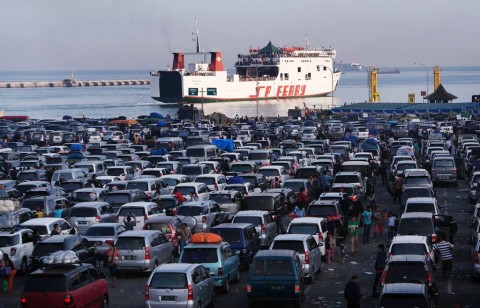

jspanish.com, Jakarta – Welcome to the chaotic world of Merak Port, where horror traffic jams have become a nightmare for drivers and commuters alike. Picture this: cars bumper to bumper, honking horns echoing through the air, frustrated faces staring at endless lines of vehicles stretching into the horizon. Yes, you’ve entered the realm of horror traffic at Merak Port in Indonesia. Let’s delve into what causes this terrifying gridlock and how it impacts local communities and economies. But fear not; solutions are on the horizon to tame this beastly congestion!
The Causes of the Traffic Jam
The horror traffic jam at Merak Port in Indonesia has been a recurring nightmare for drivers and local residents alike. The causes of this chaos are multifaceted, ranging from inadequate infrastructure to overcapacity issues. One major contributing factor is the lack of efficient traffic management systems in place. With the increasing number of vehicles passing through the port each year, the existing roadways simply cannot handle the volume.
Furthermore, delays in customs clearance and paperwork processing add fuel to the fire, creating bottlenecks that can last for hours on end. This bureaucratic red tape only serves to exacerbate an already dire situation. Environmental factors such as inclement weather or accidents also play a role in bringing traffic to a standstill. When these elements combine with pre-existing congestion issues, it’s a recipe for disaster on the roads leading to Merak Port.
Impact on Local Economy and Communities
The horror traffic jam at Merak Port doesn’t just affect the flow of vehicles; it also has significant repercussions on the local economy and communities in the surrounding area. Businesses that rely on timely transportation of goods face delays, impacting their supply chains and causing financial losses. Local vendors who depend on passing drivers for business find themselves with fewer customers due to the gridlock.
Moreover, residents living near the port experience increased pollution levels and noise disturbances as vehicles remain stationary for hours on end. The congestion also leads to higher fuel consumption, further straining already tight budgets for both individuals and businesses in the region. Additionally, emergency services may struggle to reach those in need promptly during peak traffic times, potentially putting lives at risk. The impact of this ongoing issue extends beyond mere inconvenience; it affects livelihoods and public safety alike.
Solutions to Alleviate the Traffic Congestion
Looking for solutions to alleviate the horror traffic jam at Merak Port? Here are some effective strategies that can help ease congestion and improve traffic flow. Implementing a more efficient scheduling system for ferry departures could help distribute the traffic more evenly throughout the day. By staggering departure times, drivers would have more flexibility in choosing when to travel, reducing peak congestion periods.
Investing in infrastructure upgrades, such as expanding roadways leading to the port and improving signage, can enhance navigation for drivers and prevent bottlenecks. Additionally, establishing designated lanes for trucks and passenger vehicles can streamline traffic movement. Promoting alternative modes of transportation, like rail or sea routes for cargo transport, could divert some traffic away from the port area. Encouraging carpooling among commuters can also reduce the number of vehicles on the road during peak hours. By implementing these solutions collectively, authorities can work towards alleviating the horror traffic situation at Merak Port and create a smoother experience for travelers and businesses alike.
Future Plans for Merak Port
As a pivotal gateway for trade and transport in Indonesia, Merak Port has ambitious future plans to tackle the horror traffic congestion that has plagued its operations. The port authorities are investing in expanding infrastructure to accommodate the increasing volume of vehicles and cargo passing through. One of the key initiatives is the implementation of advanced technology systems to streamline processes and reduce waiting times. This includes digital tracking solutions for better traffic management and communication between stakeholders.
Moreover, there are plans to enhance connectivity with surrounding areas through road upgrades and alternative transportation options. By promoting efficient logistics networks, Merak Port aims to improve overall efficiency while minimizing environmental impacts. Sustainability is also a focal point for future developments at Merak Port, with eco-friendly practices being integrated into operations wherever possible. These forward-thinking strategies demonstrate a commitment to ensuring smooth operations for years to come.
How Drivers Can Prepare for the Traffic Jam
Are you a driver gearing up for the dreaded horror traffic jam at Merak Port? Here are some tips to help you navigate through the chaos and frustration. First, plan ahead by checking real-time traffic updates before hitting the road. Consider alternative routes or travel during off-peak hours to avoid being stuck in bumper-to-bumper traffic.
Pack essentials like water, snacks, and entertainment to keep yourself comfortable during long waits. Make sure your vehicle is well-maintained with enough fuel for potential delays. Stay patient and alert while driving amidst the congestion – aggressive maneuvers can worsen the situation. Equip yourself with a positive mindset and understanding that delays may occur beyond your control. By preparing mentally and practically for these challenges, you can make the best out of a challenging situation on the road to Merak Port.
Conclusion
As we look towards the future of Merak Port, it is evident that addressing the horror traffic jam must be a top priority. By understanding the causes, impacts, and implementing effective solutions, we can work towards a smoother flow of goods and people through this crucial gateway. With collaborative efforts from stakeholders, improved infrastructure, and strategic planning, we can pave the way for a more efficient and sustainable transport system at Merak Port. Remember to plan ahead and stay informed to navigate through any challenges that may arise on your journey. Together, let’s strive for a better tomorrow at Merak Port!






